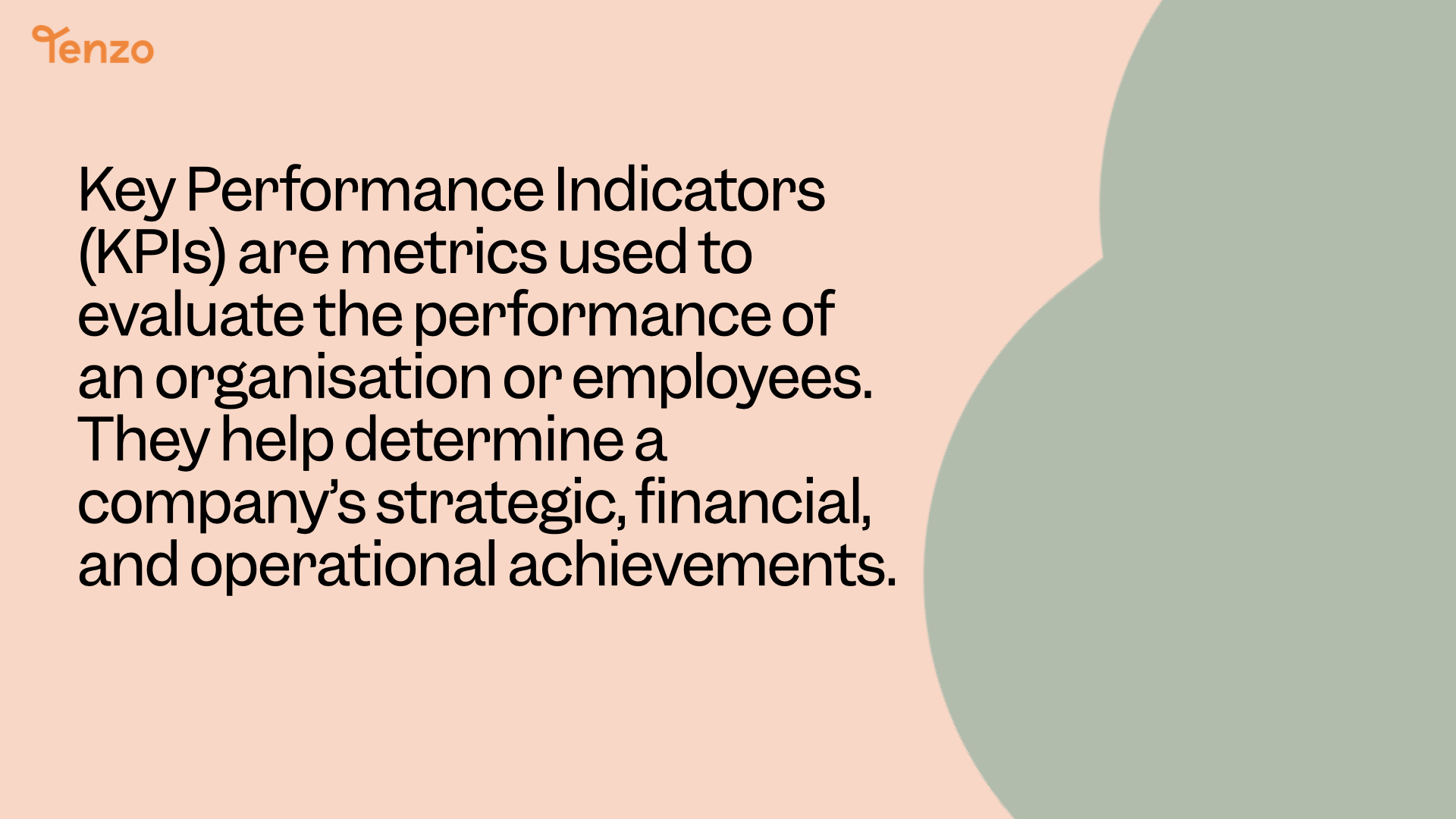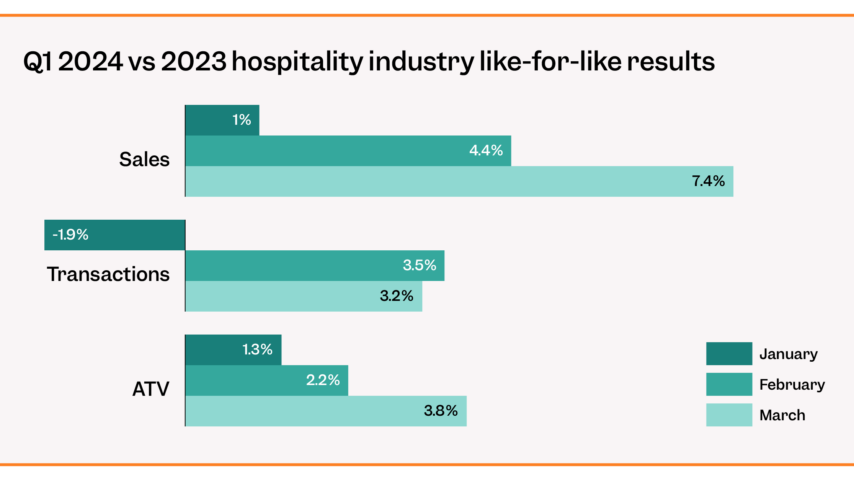How to Use KPIs to Drive Restaurant Growth
What are KPIs? Unlocking the Key to Restaurant Success
KPIs, or Key Performance Indicators, are defined as measurable values that help track and assess the performance of a restaurant.
By using KPIs, restaurant operators can gain valuable insights into the health and growth of their businesses. These indicators can be financial, operational, or customer-focused, and are used to set goals, monitor progress, and make data-driven decisions to drive restaurant growth.
Top KPIs for Restaurants To Track Boost Their Bottom Line
One of the key ways to drive growth in your restaurant is by tracking and analysing key performance indicators (KPIs). By measuring and monitoring specific metrics, you can gain valuable insights into the efficiency and profitability of your restaurant operations. These KPIs can help you identify areas for improvement, make data-driven decisions, and ultimately drive growth in your business.
Here are some of the top KPIs that restaurants should track to boost their bottom line:
1. Best-selling menu item; the items that contribute the most to profits. This helps to optimise the entire menu and reduce the number of outliers.
2. Average Transaction Value (ATV); measuring the average amount spent by each customer during a visit. By monitoring this metric, you can identify ways to increase the average check size, such as promoting high-margin items or upselling.
3. Table Turnover Rate; measuring how quickly tables are being cleared and made available for new customers. By improving the table turnover rate, you can serve more customers and increase revenue without the need for additional seating.
4. Employee Productivity; measuring the efficiency and productivity of your staff. By tracking employee productivity, you can identify areas where training or staffing adjustments may be needed to improve service and reduce costs.
5. Cost of Goods Sold (COGS); measures the cost of food and beverages as a percentage of total sales. By monitoring this metric, you can identify opportunities to reduce costs, such as negotiating better supplier prices or reducing waste.
6. Online Reviews and Ratings; measuring reviews and ratings your restaurant receives on online platforms. This metric means you can gauge customer sentiment and address any negative feedback to improve your reputation and attract more customers.
8. Actual vs. Theoretical Usage; the amount of food that should be used based on the recipes. Monitoring this allows restaurants to reduce their wastage and control costs.
By tracking and analysing these KPIs, you can make data-driven decisions that will help drive growth and increase profitability in your restaurant.
Tracking KPIs for Profitability: Streamlining Your Restaurant’s Efficiency
Tracking KPIs is the most effective way to drive restaurant growth; to measure and improve profitability. By monitoring these metrics operators can identify areas of inefficiency and implement strategies to streamline operations and increase profits.
Data is crucial when tracking KPIs; it provides the necessary information to measure and analyse these metrics in real time. By collecting and analysing data, restaurant owners can track their performance, identify areas for improvement, and make informed decisions to drive growth. Without data, it would be challenging to monitor progress, set goals, and make data-driven decisions for the success of the restaurant.
To maximise performance, these KPIs should be tracked in real time. Real-time tracking allows restaurant operators to stay proactive, stay ahead of the competition, and make data-driven decisions to improve an issue before it becomes too big. By monitoring KPIs in real-time, restaurant owners can also ensure that their goals and targets are being met, and take corrective actions if necessary.
Using KPIs to Enhance Customer Experience: Driving Repeat Business and Growth
As we’ve already mentioned, many of the key performance indicators (KPIs) that restaurants’ should track revolve around the customer experience; customer satisfaction, repeat customer rate, and average cover time.
Tracking these specific metrics helps restaurants understand their customers and their habits more. This, in turn, leads to businesses being able to identify key areas for improvement and make data-driven decisions to attract and retain more customers.
By focusing on KPIs that directly impact customer experience, restaurants can create a positive dining experience, build customer loyalty, and ultimately drive growth.





